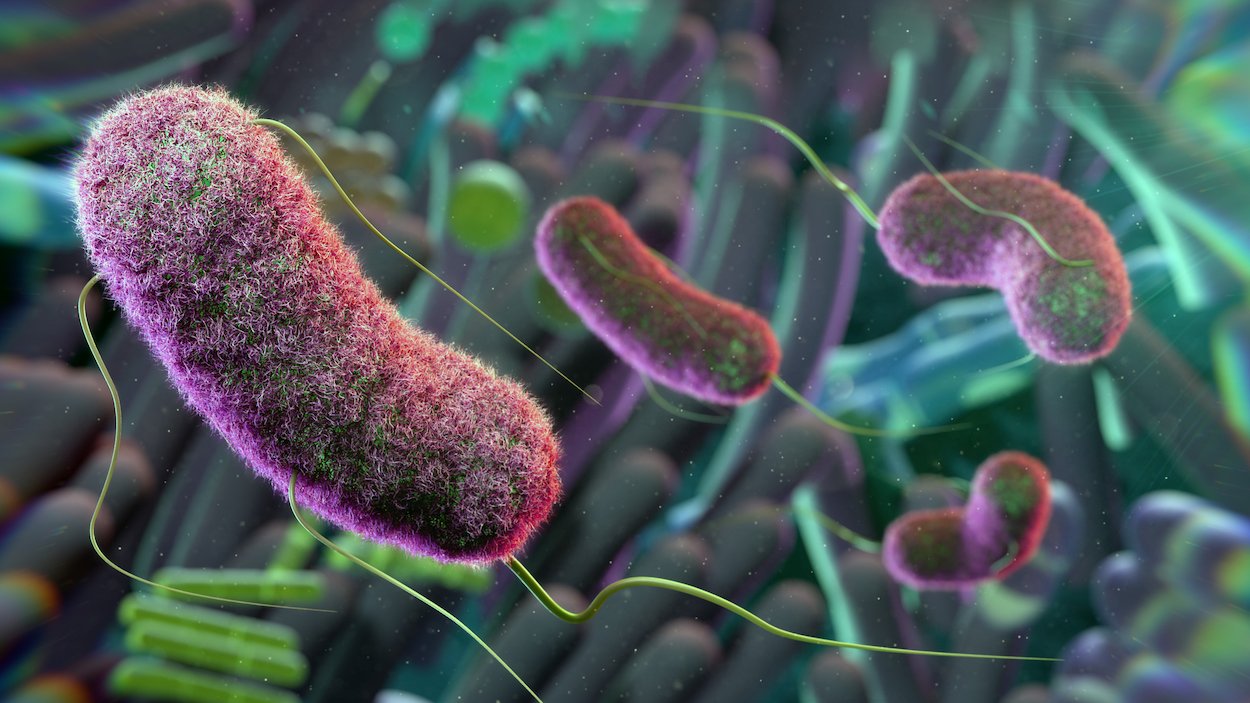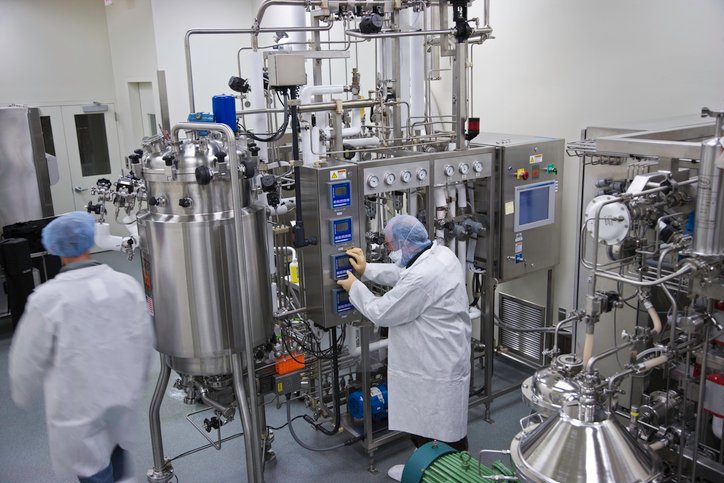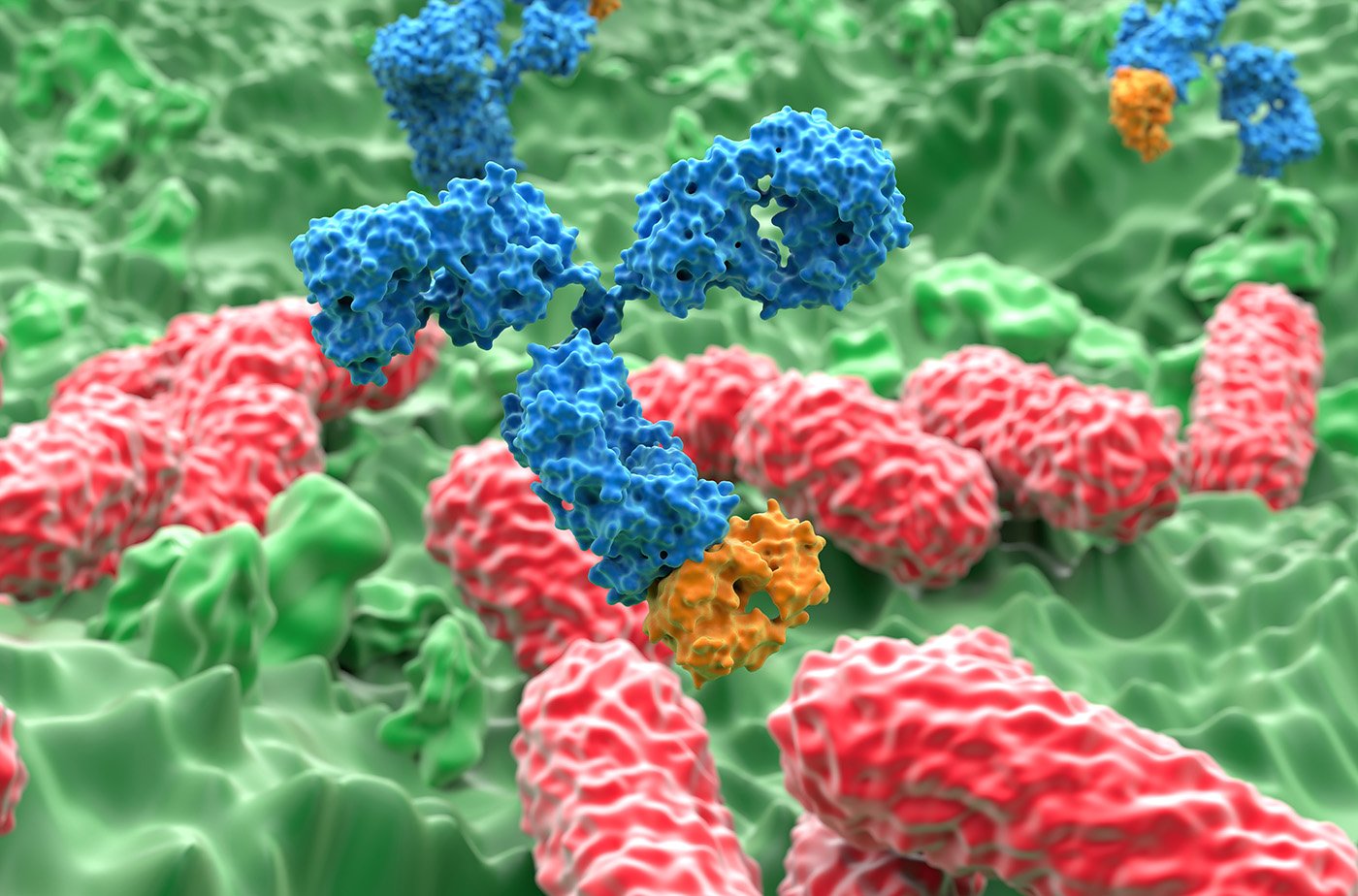To date, several studies have established a connection between the brain and the gut microbiota. Now, research in mice from scientists at Duke University School of Medicine and their collaborators adds to that body of knowledge and offers new insights into how gut-brain communications modulates behavior and appetite. In a new Nature paper, they describe a system that lets the brain respond rapidly to messages from microbes living in the gut signaling that it’s time to stop eating.
Details of this so-called “neurobiotic sense”—defined as “a sense by which the host adjusts its behavior by monitoring a gut microbial pattern” are provided in a paper titled “A gut sense for a microbial pattern regulates feeding.” In it, the scientists noted that while previous research focused on food intake behaviors have “focused on nutrient sensory transduction in the small intestine,” their results point to a pathway where specialized colonic cells use pattern recognition receptors to detect bacterial protein and send signals to the brain.
The paper centers on neuropods, which are tiny sensor cells that line the colon’s epithelium and play a role in controlling food intake. When they detect a common microbial protein, they rapidly send messages to the brain that help curb appetite. While this particular paper focuses on feeding, scientists believe that this neurobiotic sense may be a broader platform for understanding how the gut detects microbes and even how the brain might, in turn, shape the gut microbiome. “We were curious whether the body could sense microbial patterns in real time and not just as an immune or inflammatory response, but as a neural response that guides behavior in real time,” explained Diego Bohórquez, PhD, senior author of the study and a professor of medicine and neurobiology at Duke.
A key protein identified in the appetite suppression process is flagellin, a common protein in bacterial flagella. In the gut, this protein does not directly act on the vagus nerve, an important communication conduit between the gut and the brain. Instead, the data suggests that when people ingest food, gut bacteria release flagellin. Neuropods detect the protein using Toll-like receptor 5 (TLR5), which then conveys the message to the brain via the vagal neurons.
Building on those insights, Bohórquez and his team wondered if introducing bacterial flagellin into the colon could trigger gut bacteria’s neuropods to send an appetite-suppressing signal to the brain. They tested this by fasting mice overnight and then giving them a small dose of flagellin in the colon via an enema. They found that mice that received flagellin this way ate less food. Furthermore, when the researchers ran a similar experiment in mice that lacked TLR5, those mice kept eating and gained weight, indicating that the appetite suppression signals failed to reach the brain.
Furthermore, to confirm that the effects of flagellin on food intake were due to direct activation of the epithelium and not interactions with other gut microorganisms, the scientists also administered flagellin enemas to germ-free mice. Their results confirmed that like their counterparts with microbiomes, germ-free mice also had a significantly reduced food intake, indicating that the flagellin signals reached the brain.
“I think this work will be especially helpful for the broader scientific community to explain how our behavior is influenced by microbes,” said Bohórquez. “One clear next step is to investigate how specific diets change the microbial landscape in the gut. That could be a key piece of the puzzle in conditions like obesity or psychiatric disorders.”
The post Real-Time Gut-Brain Communication Mediated by Microbial Protein appeared first on GEN – Genetic Engineering and Biotechnology News.




